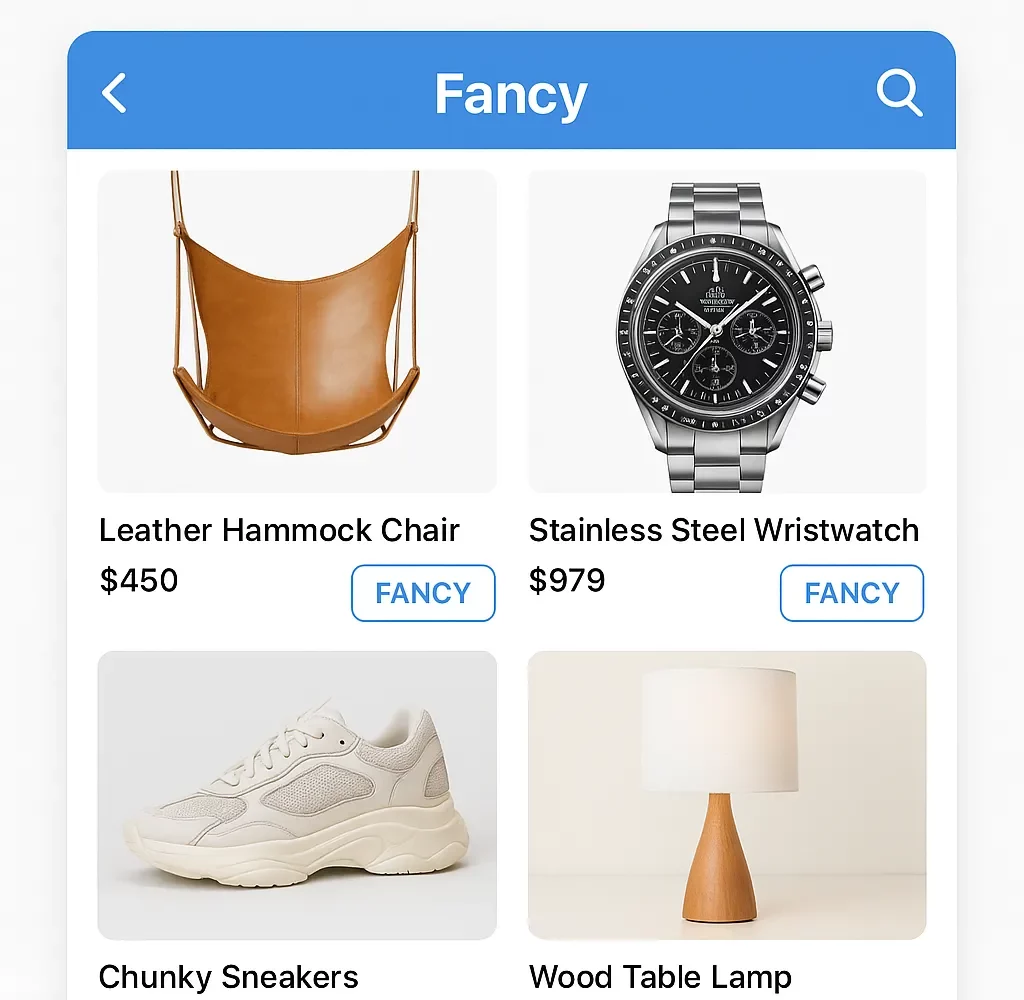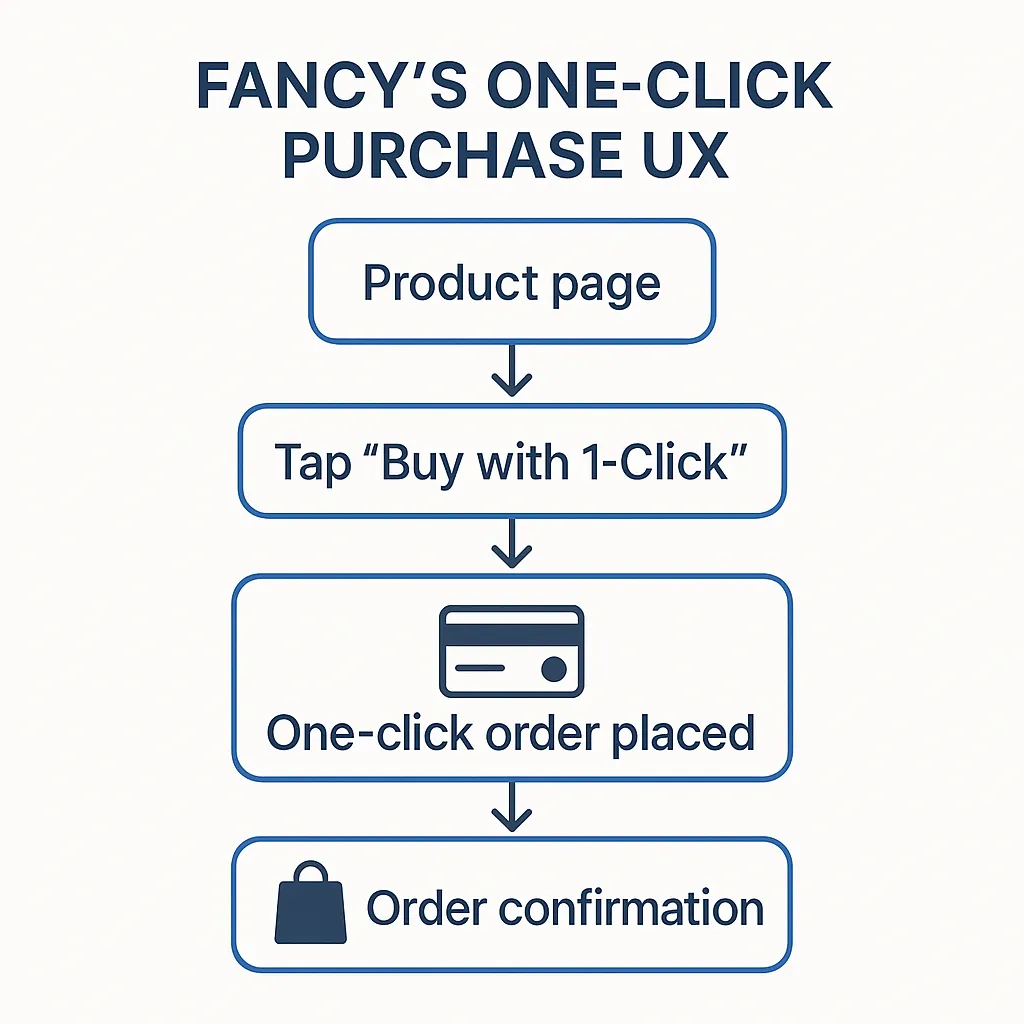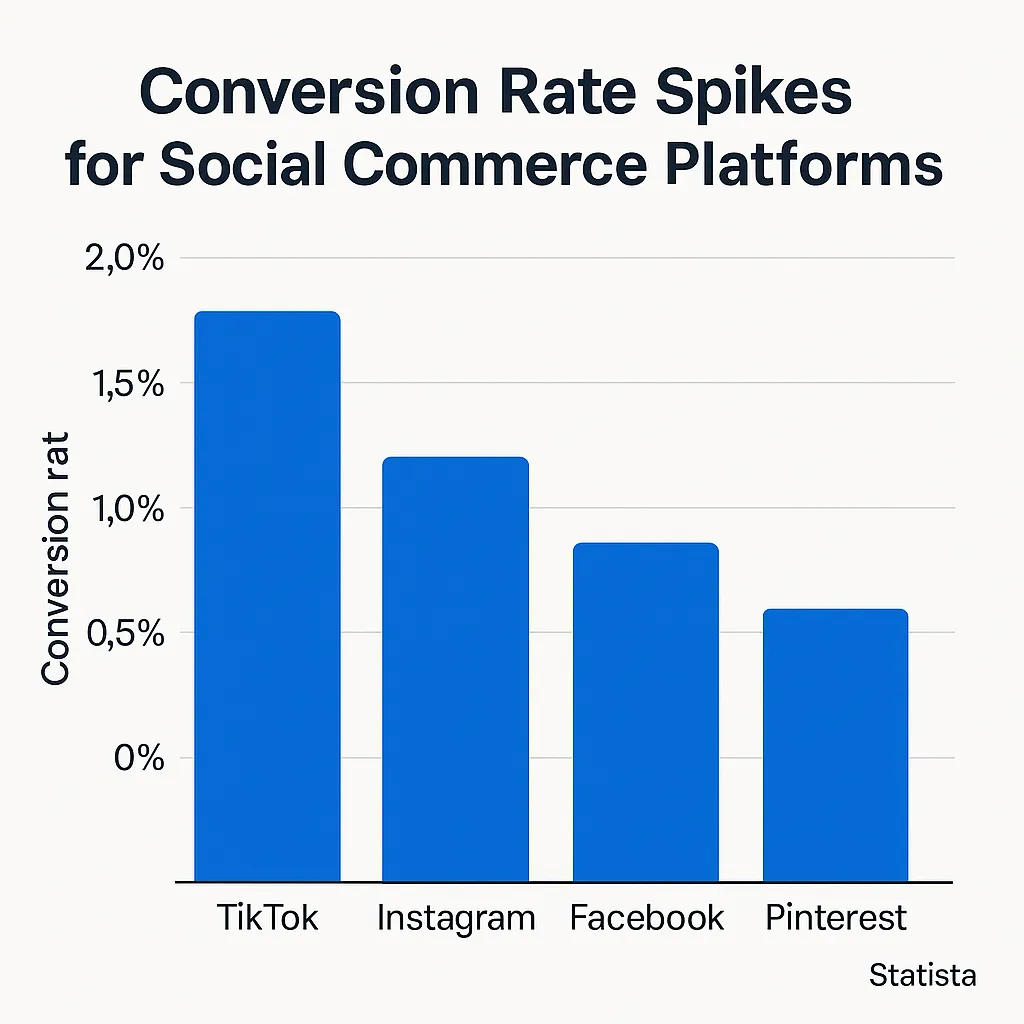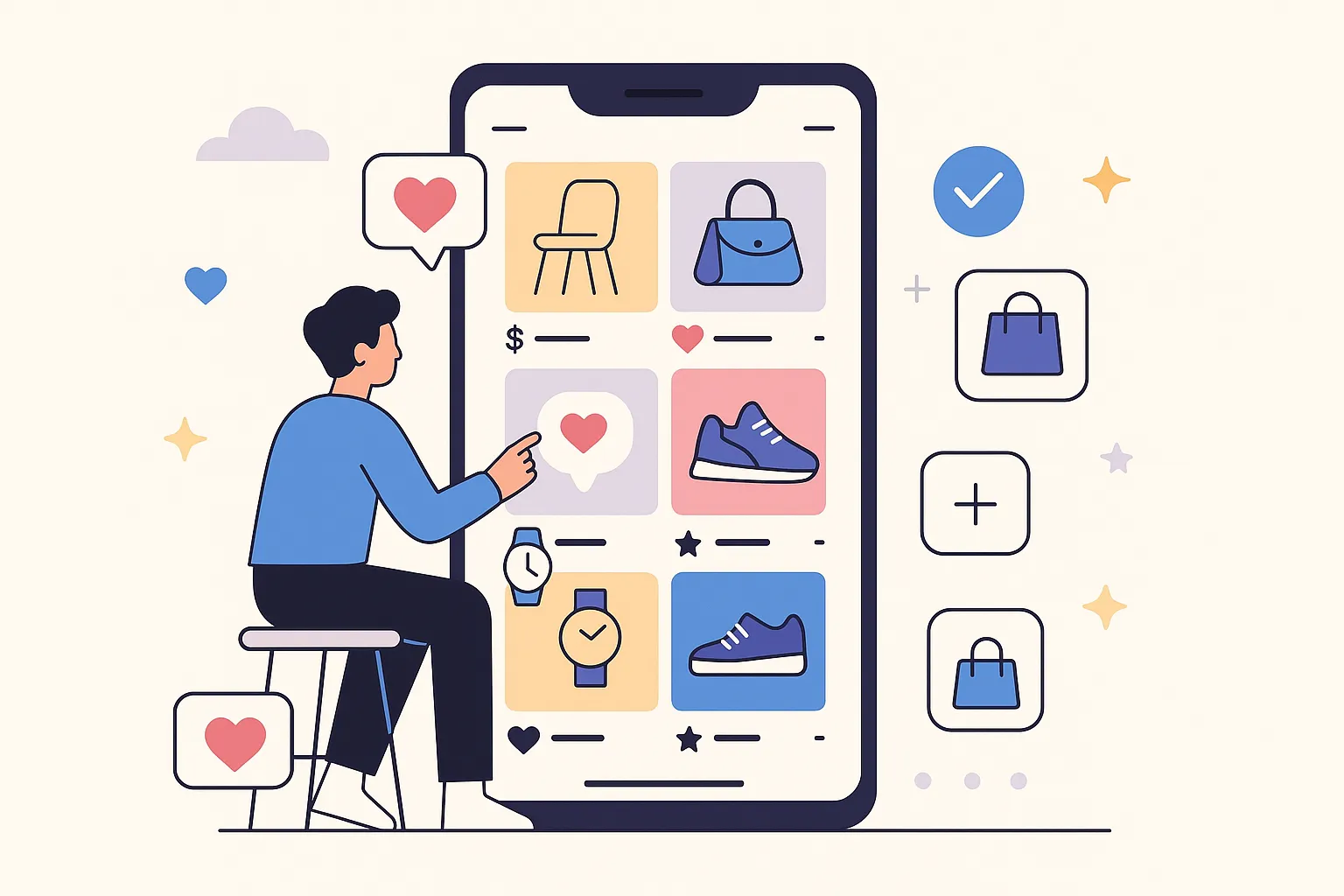Ever found yourself scrolling through a beautifully designed app, clicking on sleek gadgets, hip sneakers, or quirky home decor… and boom — you’ve just bought something you didn’t even know you needed? Welcome to the world of Fancy, where curated lifestyle meets commerce, and every scroll feels like a treat-yourself moment.
If you’re a startup founder or digital business junkie, chances are you’ve flirted with the idea of building a Fancy-like app. I mean, who wouldn’t want to create the next big visual shopping playground that turns passive browsers into impulsive buyers? Especially in a world where Pinterest aesthetics meets Amazon convenience, the game is all about seamless UX, addictive features, and a cool factor that users can’t help but share.
This isn’t just about adding a wishlist button or streamlining checkout. Nope. It’s about nailing that hard-to-define feeling of discovery and delight. And guess what? At Miracuves, we’ve studied these patterns closely and help startups nail them down to perfection. Let’s break down the magic.
What is Fancy?
Before we dive into the juicy feature list, let’s clarify the app’s core DNA.
Fancy isn’t your average ecommerce platform. It’s a social commerce app — a hybrid of a visual discovery engine, an influencer showcase, and a curated storefront. Think of it as the intersection of Instagram’s allure and Amazon’s one-click magic.
It lets users:
- Browse aesthetic product feeds
- “Fancy” (like) their favorite items
- Curate their own wishlists
- Share picks with followers
- And yes — buy, instantly
The app’s UI, product selection, and engagement model all scream premium taste with peer influence baked in.

Read more: What is Fancy App and How Does It Work?
The Fancy Feature Arsenal (That Startups Must Clone or Beat)
1. Scroll-Worthy Visual Discovery Feed
First impressions matter — Fancy’s feed is like a mood board for shopaholics. High-res images, minimal product copy, and price tags that don’t scream “sales pitch.”
Key traits:
- Pinterest-style layout (masonry grid)
- Endless scroll with algorithmic curation
- Contextual tags & trending categories
2. “Fancy” Button (Because Likes are Old News)
This is their secret sauce. Instead of just liking something, users “Fancy” it — which adds emotional branding and personalization. A verb that feels… well, fancier.
Why it works:
- Builds micro-habits
- Encourages collection-building
- Enhances social proof for products
It’s social validation meets personalization in one elegant tap.
3. Smart Wishlists & Collections
Not just a boring “Saved” tab. Fancy allows users to create thematic, shareable collections — like “Minimalist Home Office Goals” or “Tech I Can’t Afford (Yet).”
User benefits:
- Self-expression through product curation
- Sharing collections on social platforms
- Product reminders & restock notifications
This merges user-generated content with soft selling — genius.
4. Seamless In-App Checkout
No redirects. No clunky forms. Fancy’s built-in checkout is smooth enough to make Amazon sweat a little.
Core UX traits:
- Saved payment methods
- Auto-filled shipping details
- 1-tap Apple Pay / Google Pay

5. Social Signals & Peer Validation
This ain’t just shopping — it’s social proof on steroids.
Features include:
- Trending items based on user “Fancy” activity
- Real-time notifications (“Anmol just fancied this item”)
- Follow users and influencers
This loop of discovery → validation → purchase is what makes Fancy feel alive.
6. Curated Product Drops
Fancy partners with indie brands, artists, and influencers to release exclusive limited-time products.
Why it’s addictive:
- FOMO-driven urgency
- Hyper-niche targeting (e.g., “Japanese minimalist gadgets under $50”)
- Push notifications that don’t feel spammy
Think Supreme drops… but more design-forward and inclusive.
7. Seller Dashboard & Analytics (for Merchants)
On the backend, Fancy offers powerful tools for sellers.
Features include:
- Product performance heatmaps
- Conversion analytics
- Inventory syncing
- Order & fulfillment tracking
This empowers creators and small brands to thrive — and that’s a massive win for startup ecosystems.
Read more: Fancy App Marketing | Make Your App Shine Bright
Why Fancy Works (And What Startups Can Learn)
At its core, Fancy understands user psychology. It’s not trying to be everything to everyone — it doubles down on curated charm and emotional purchasing.
Here’s what founders should steal:
- Design-first interface
- Emotion-laden interactions (e.g., “Fancy” over “Like”)
- Integrated shopping without friction
- Product discovery that feels like scrolling TikTok or Moj
It’s not just ecommerce. It’s an experience. And users? They’re buying into a vibe.

Emerging Trends in Social Commerce to Watch
Building a Fancy-like clone today? Here’s what to keep your radar on:
- AI-powered personalization (feeds that adapt to aesthetic taste)
- Video-first product displays (think reels for products)
- Voice commerce (shoppable voice commands)
- AR try-ons for decor & fashion
Fancy may have set the tone, but the next evolution is immersive commerce — and that’s where the real gold lies for innovators.
Read more: Best Fancy Clone Scripts in 2025: Features & Pricing Compared
Conclusion
Fancy isn’t just a shopping app. It’s an experience people want to show off, revisit, and talk about. That’s the kind of product-market fit most startups dream of.
If you’re planning to build something similar — sleek, sticky, and scalable — now’s the time.
At Miracuves, we help innovators launch high-performance app clones that are fast, scalable, and monetization-ready. Ready to turn your idea into reality? Let’s build together.
FAQs
Q:1 What makes Fancy different from Amazon or Etsy?
Fancy is curated and visual. It feels more like a social feed than a storefront, with design-forward products and mood-based discovery rather than keyword search.
Q:2 Can I build a Fancy-like app without coding?
Absolutely! With the right development partner (like Miracuves), you can leverage pre-built clone frameworks that minimize development time and cost.
Q:3 What’s the monetization model for apps like Fancy?
Primarily commission-based sales, but also brand collaborations, exclusive drops, and promoted listings from sellers.
Q:4 Is social commerce really growing that fast?
Yes — platforms that merge content and commerce (like Instagram Shop, TikTok Shop, and Fancy) are seeing up to 3x higher engagement and conversion rates according to SensorTower.
Q:5 Do users actually buy more with visual discovery?
Yes. Aesthetic feeds trigger impulse buying — especially when combined with FOMO elements like trending items or limited drops.
Q:6 How much does it cost to build a Fancy clone?
A Fancy-style marketplace typically costs $120,000–$250,000+ to build from scratch, but with Miracuves you can launch a full Fancy Clone Starts at $2,899, delivered in 3–9 days with complete source code.
Related Articles:








